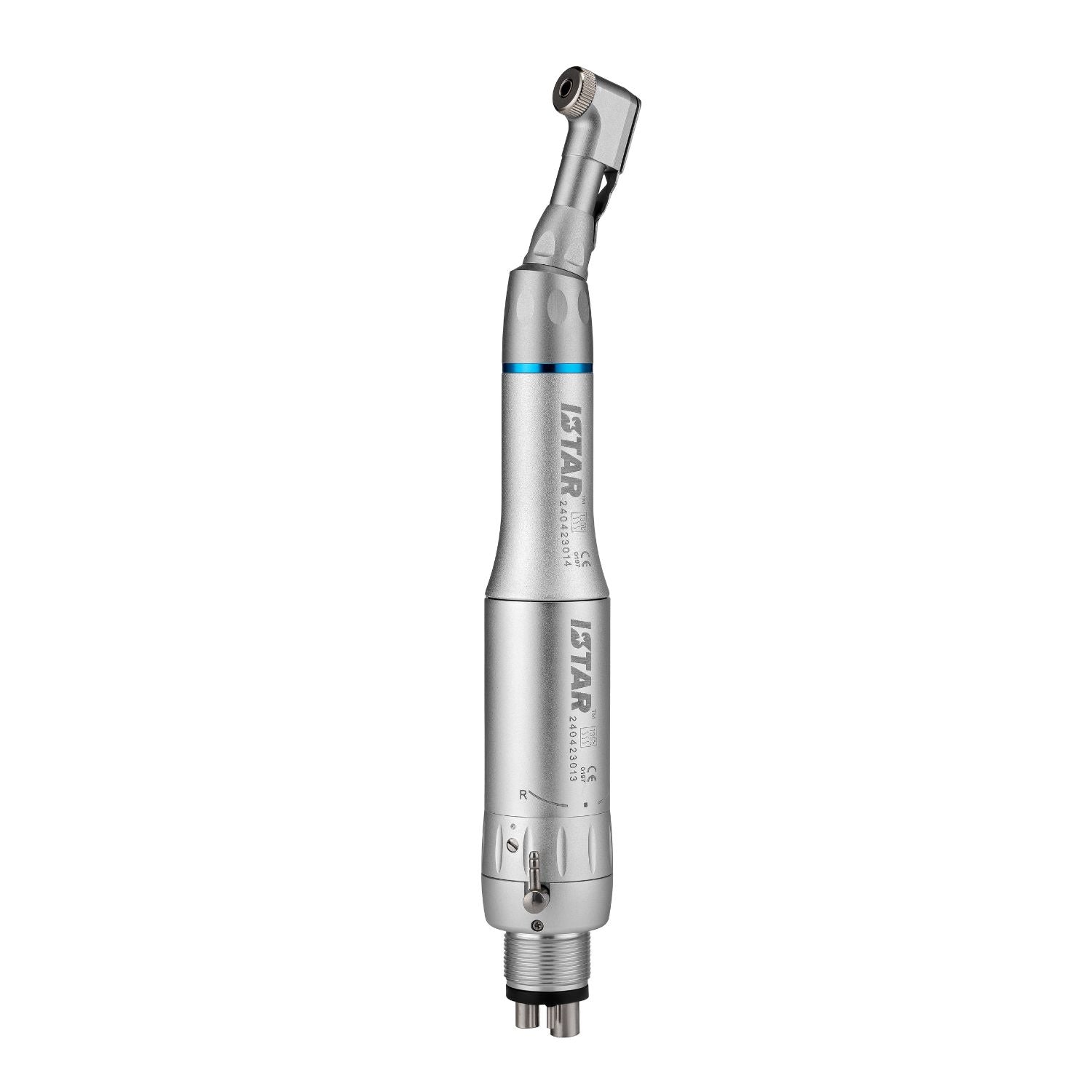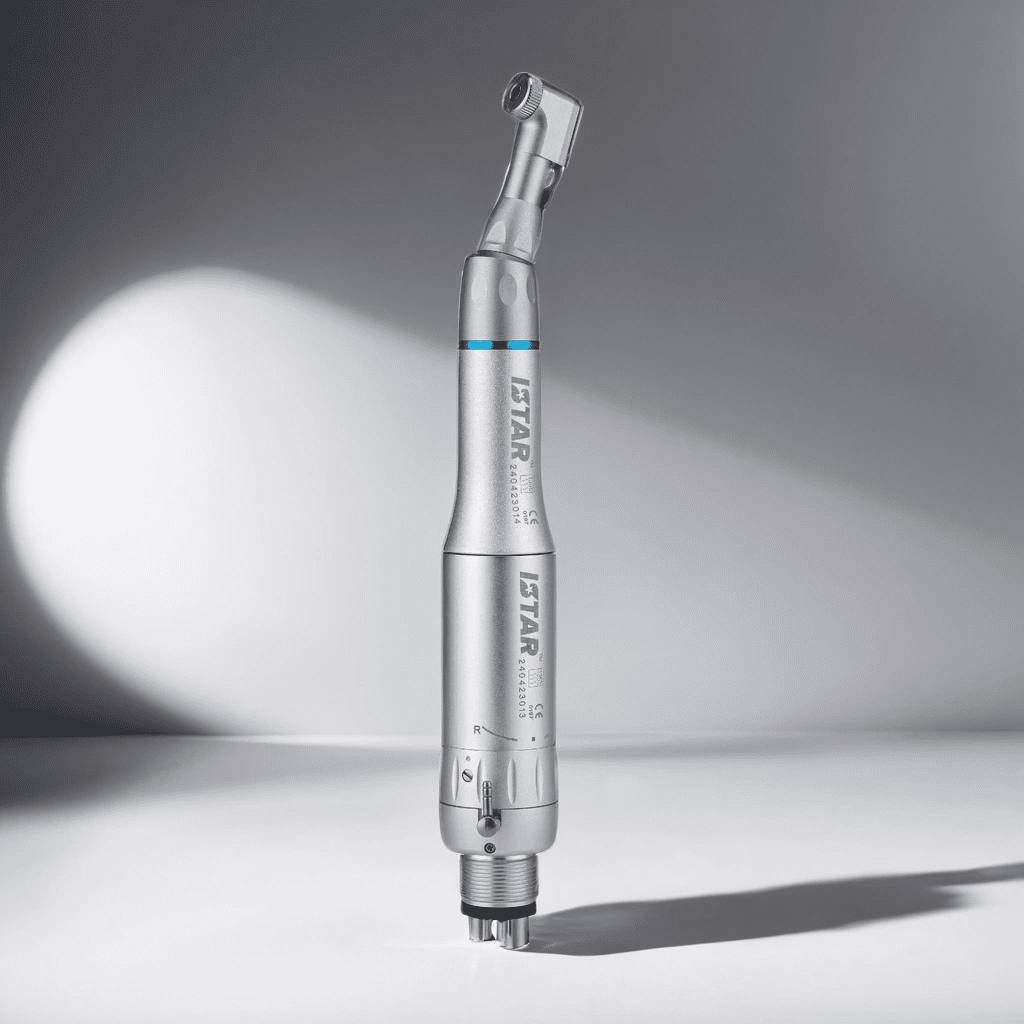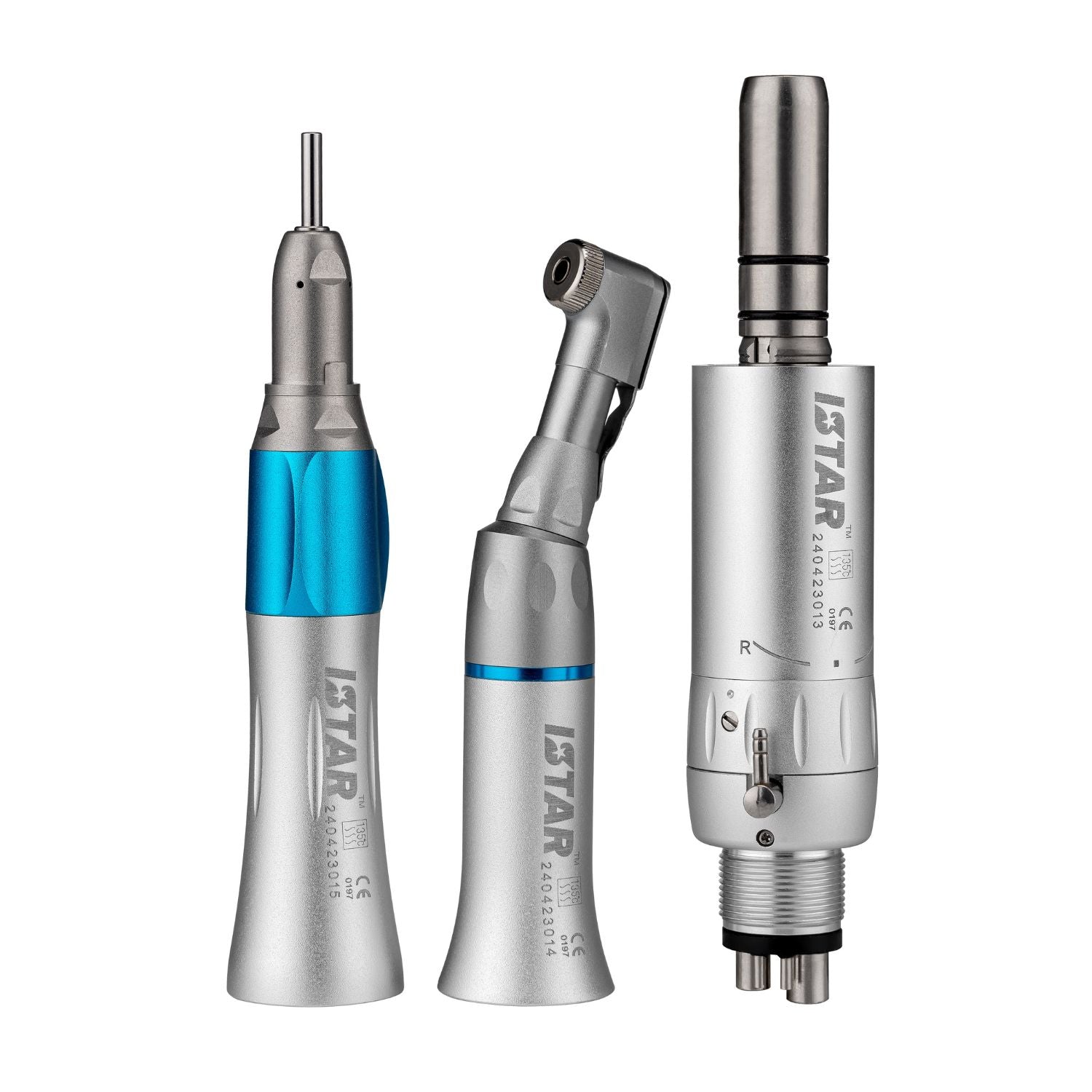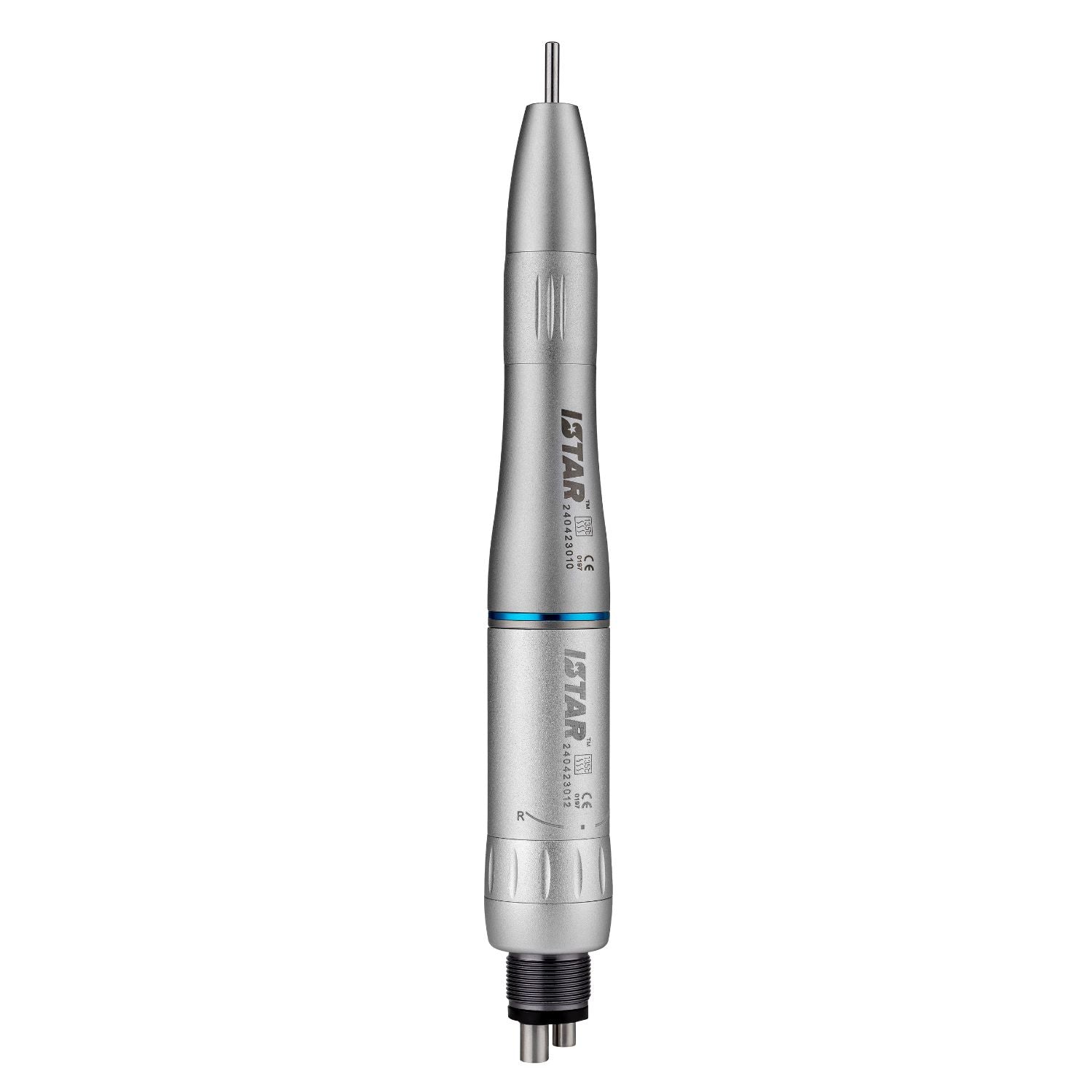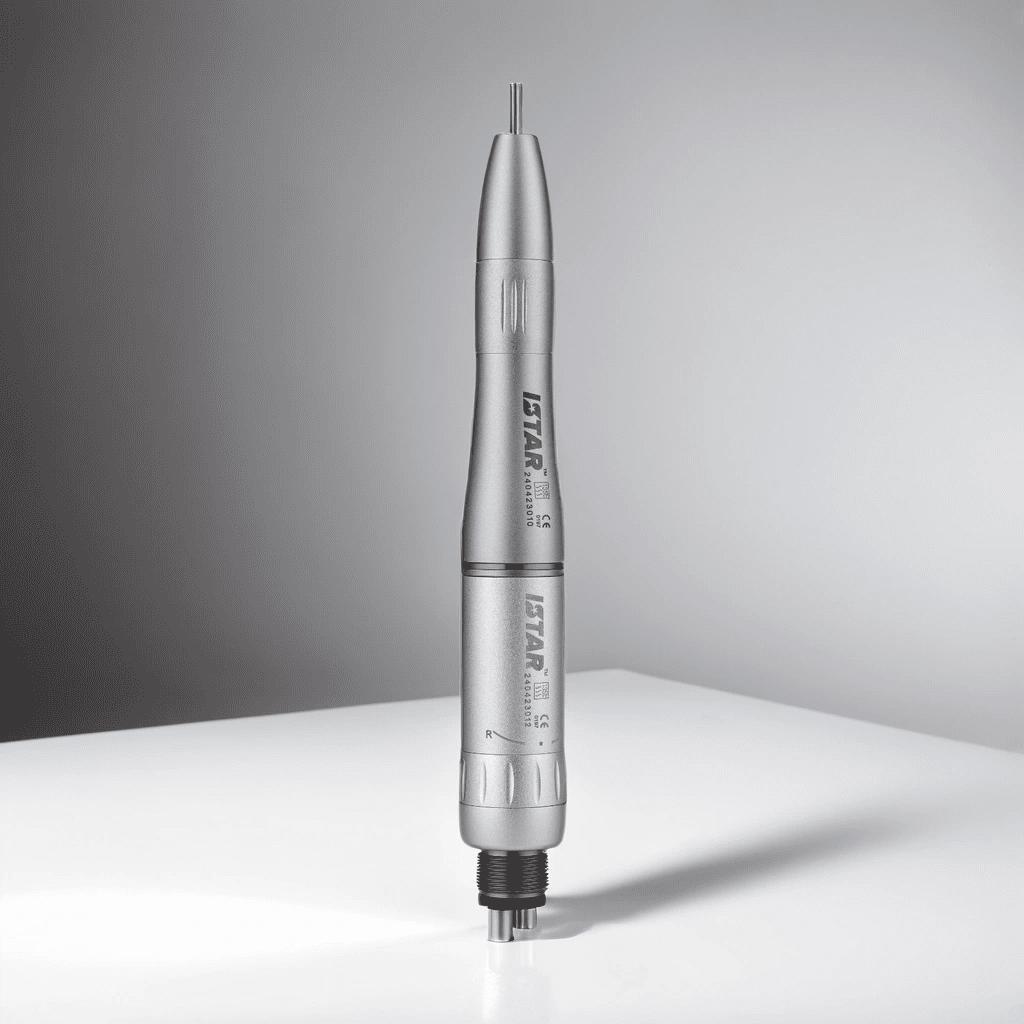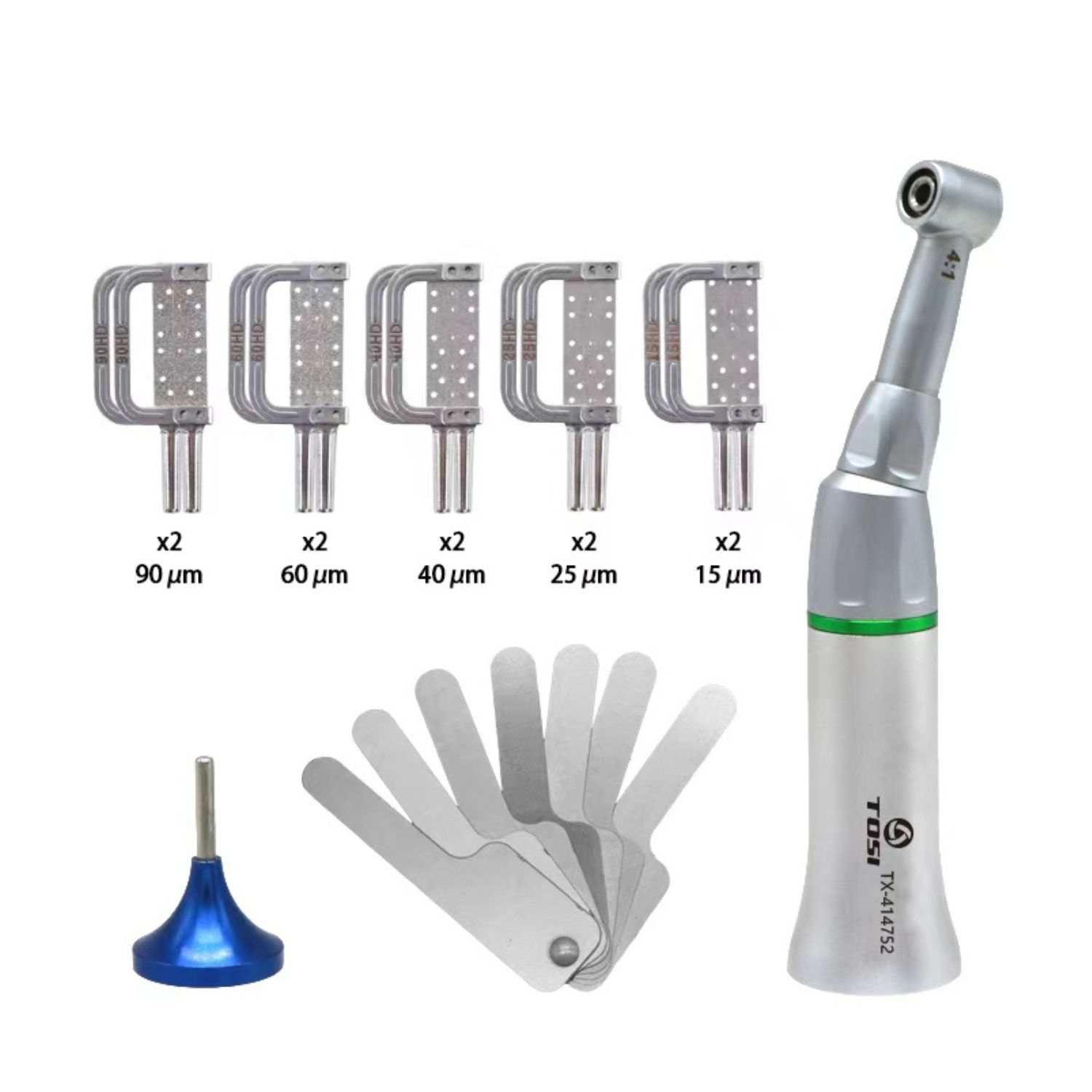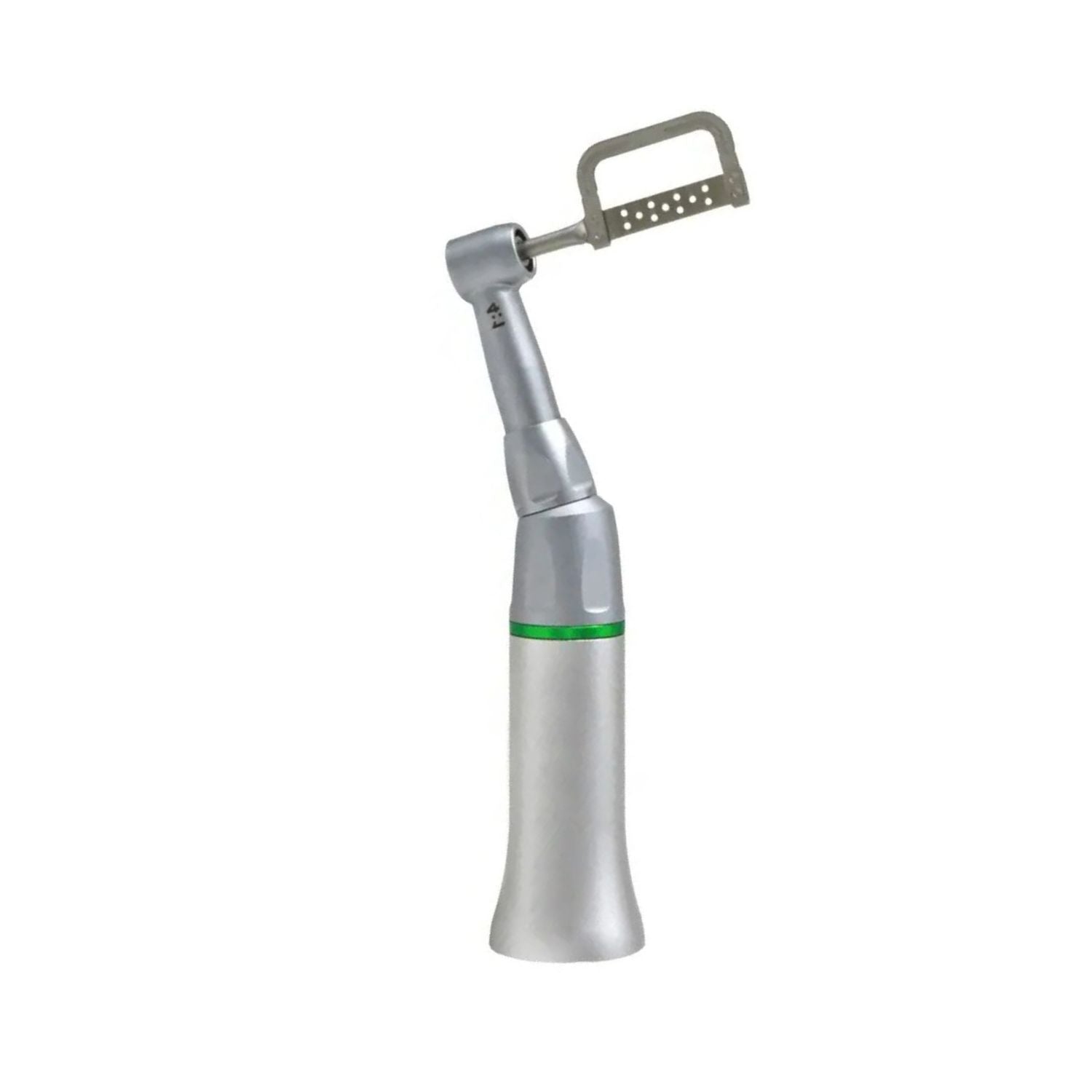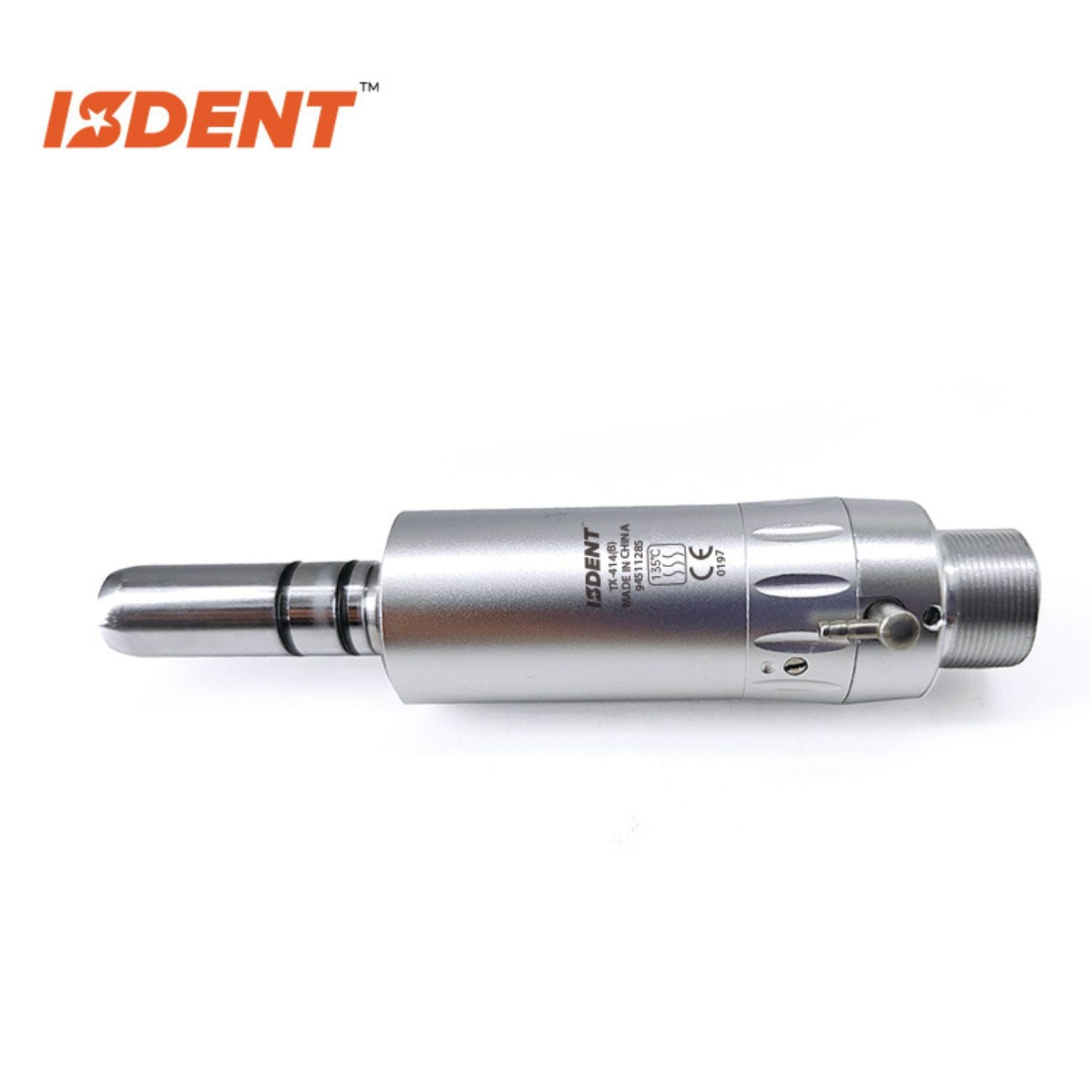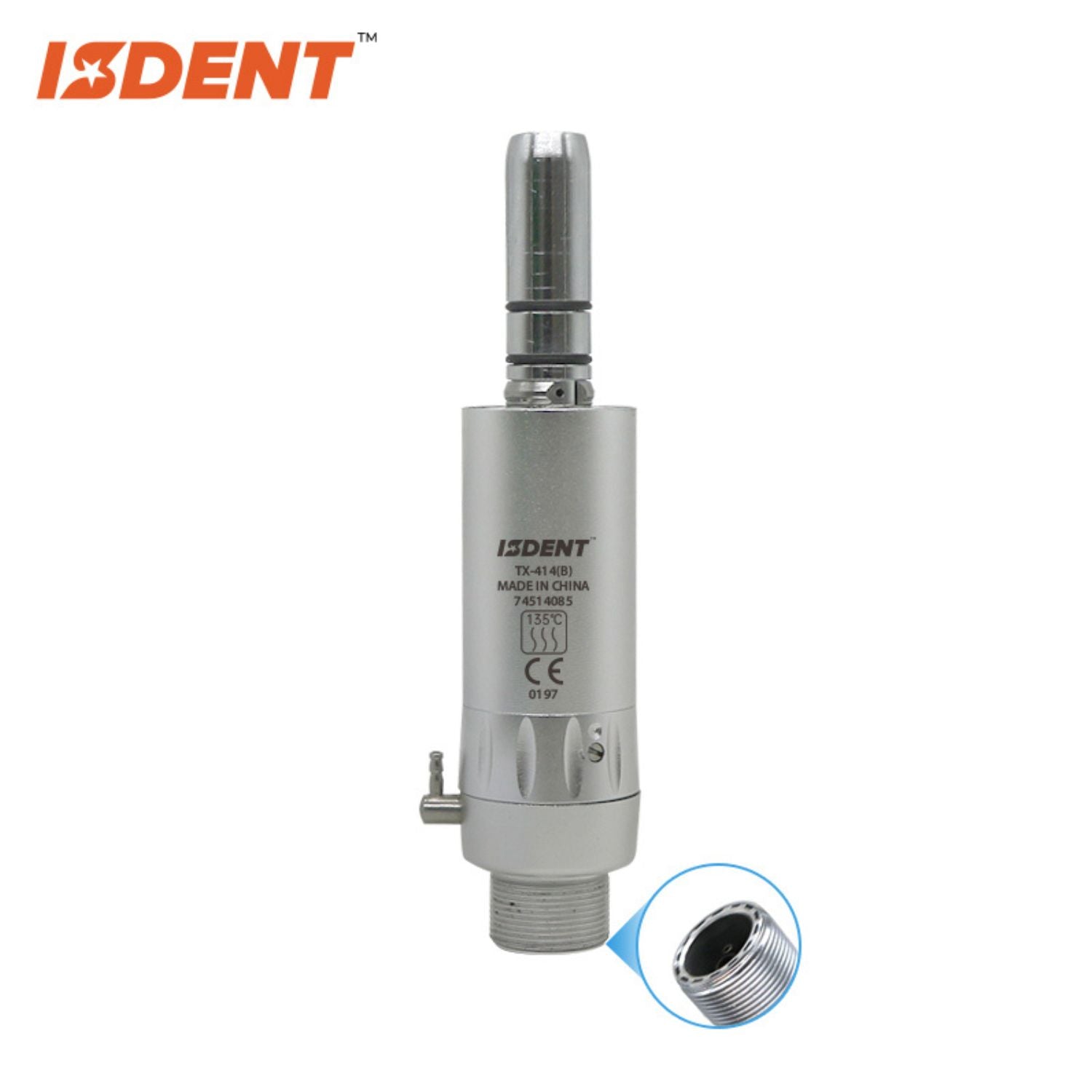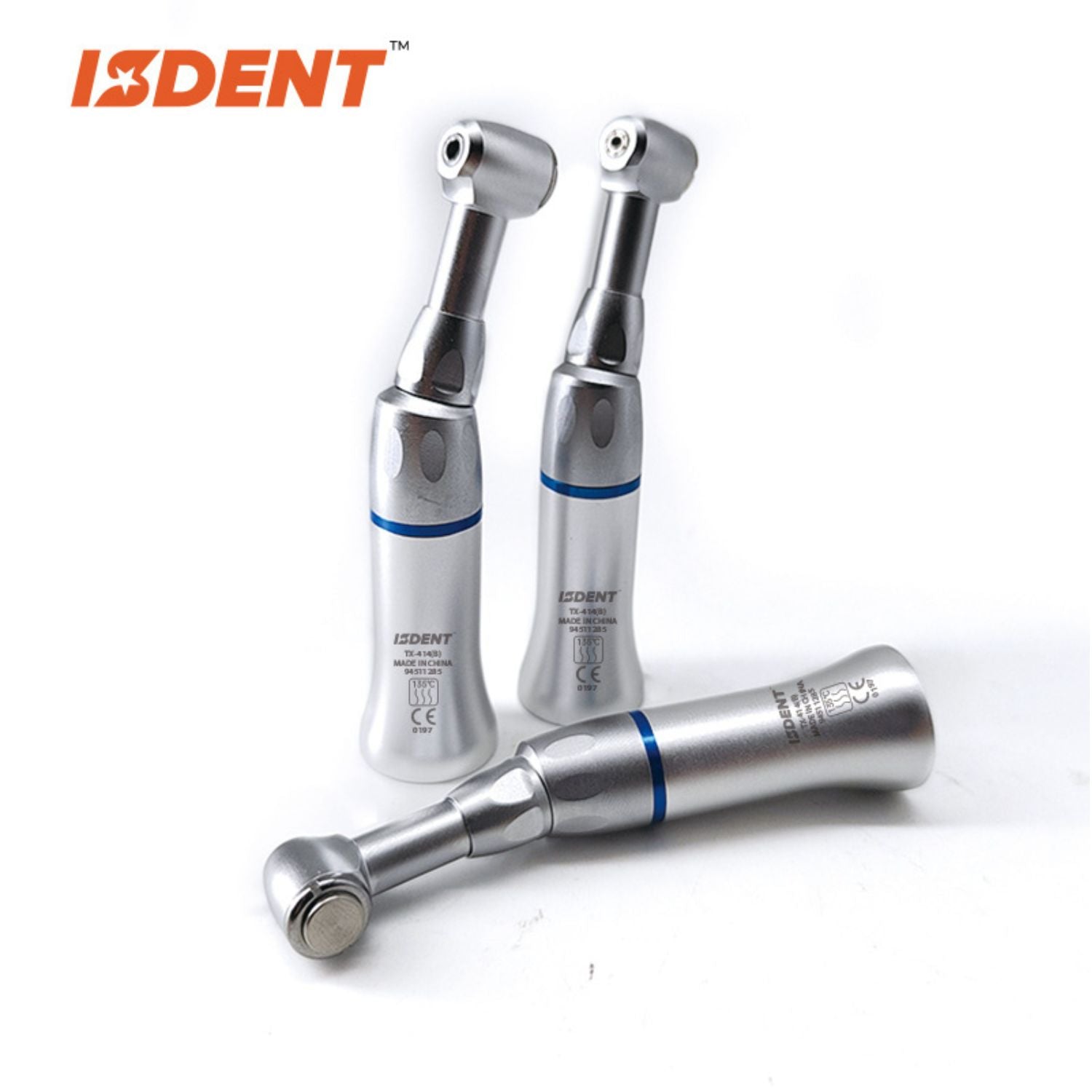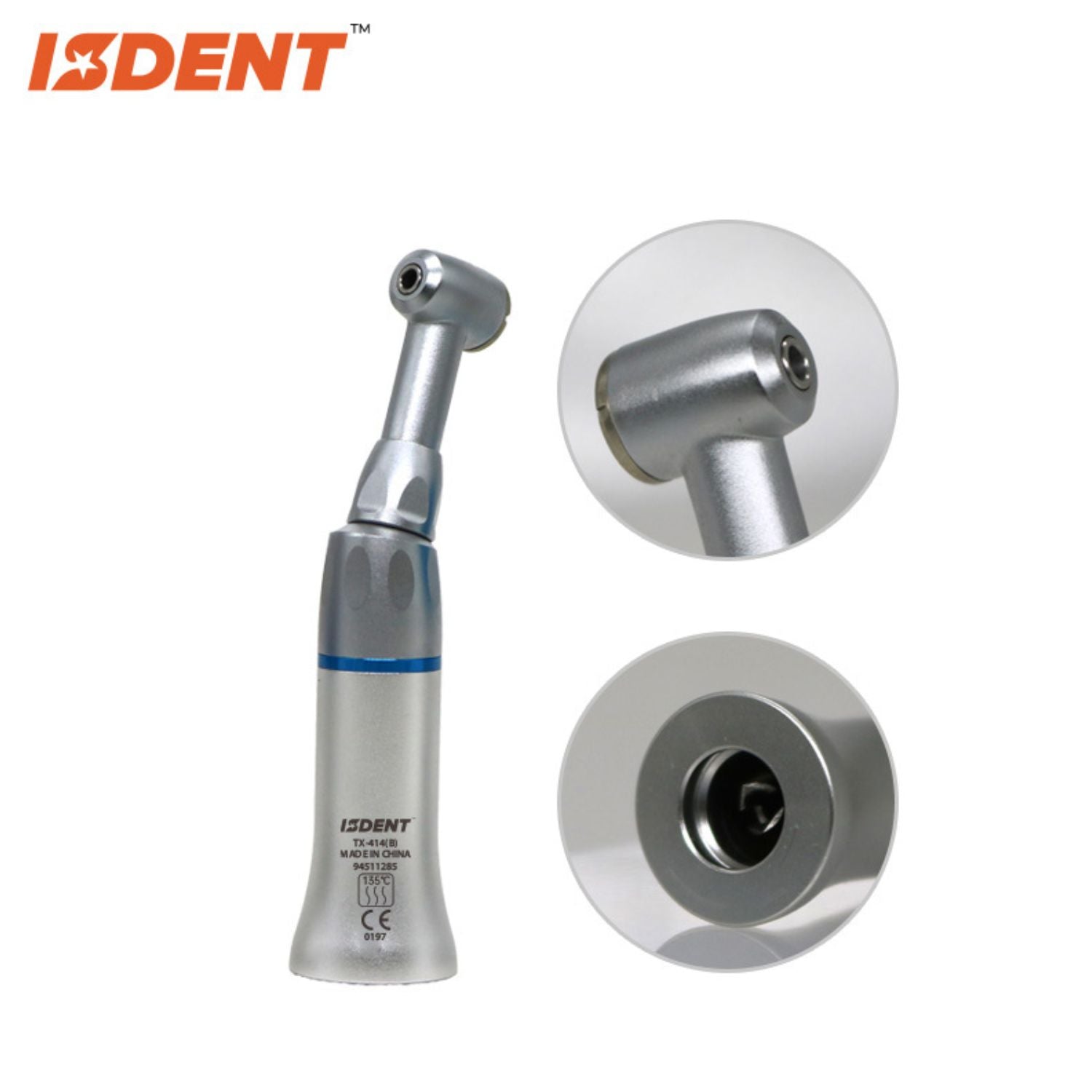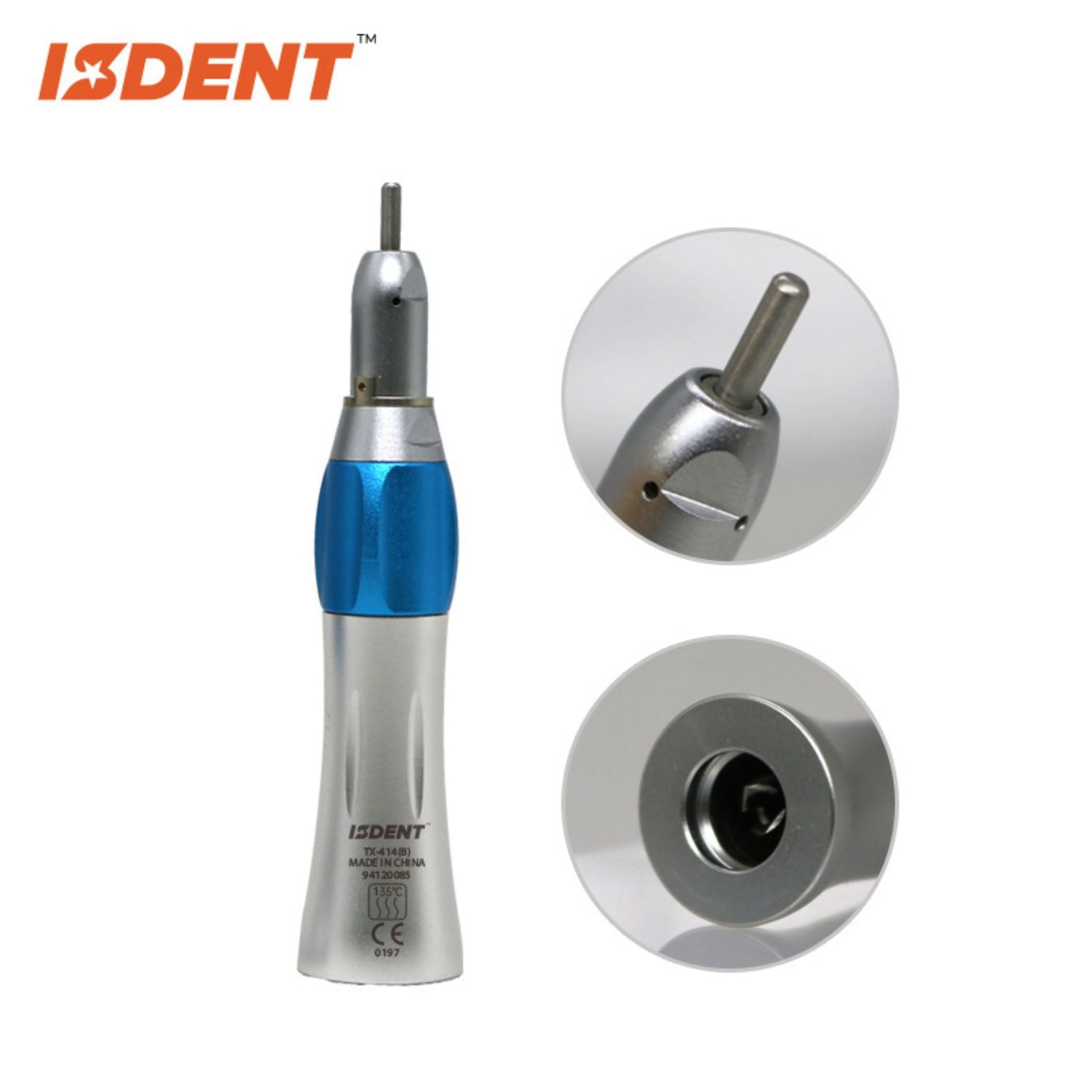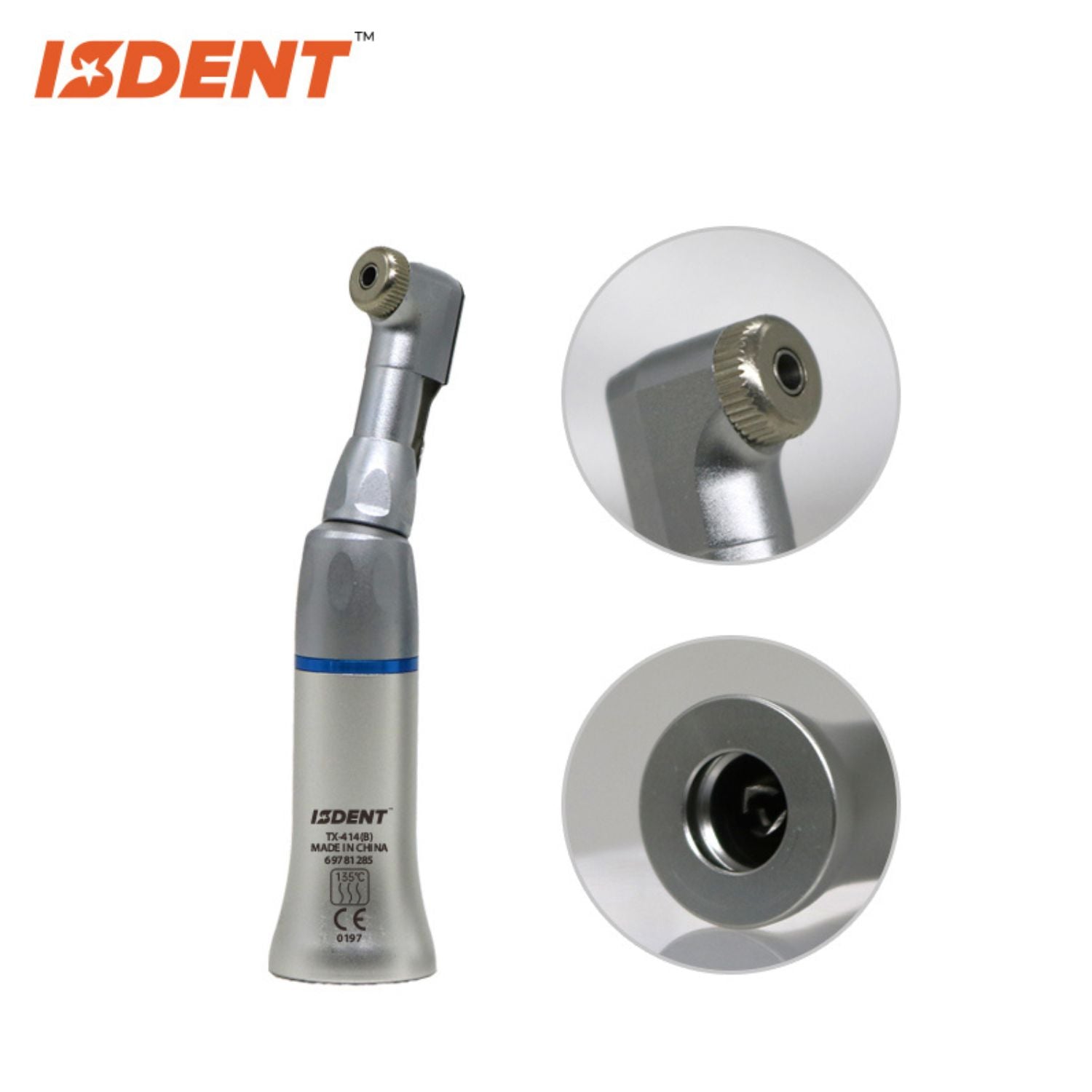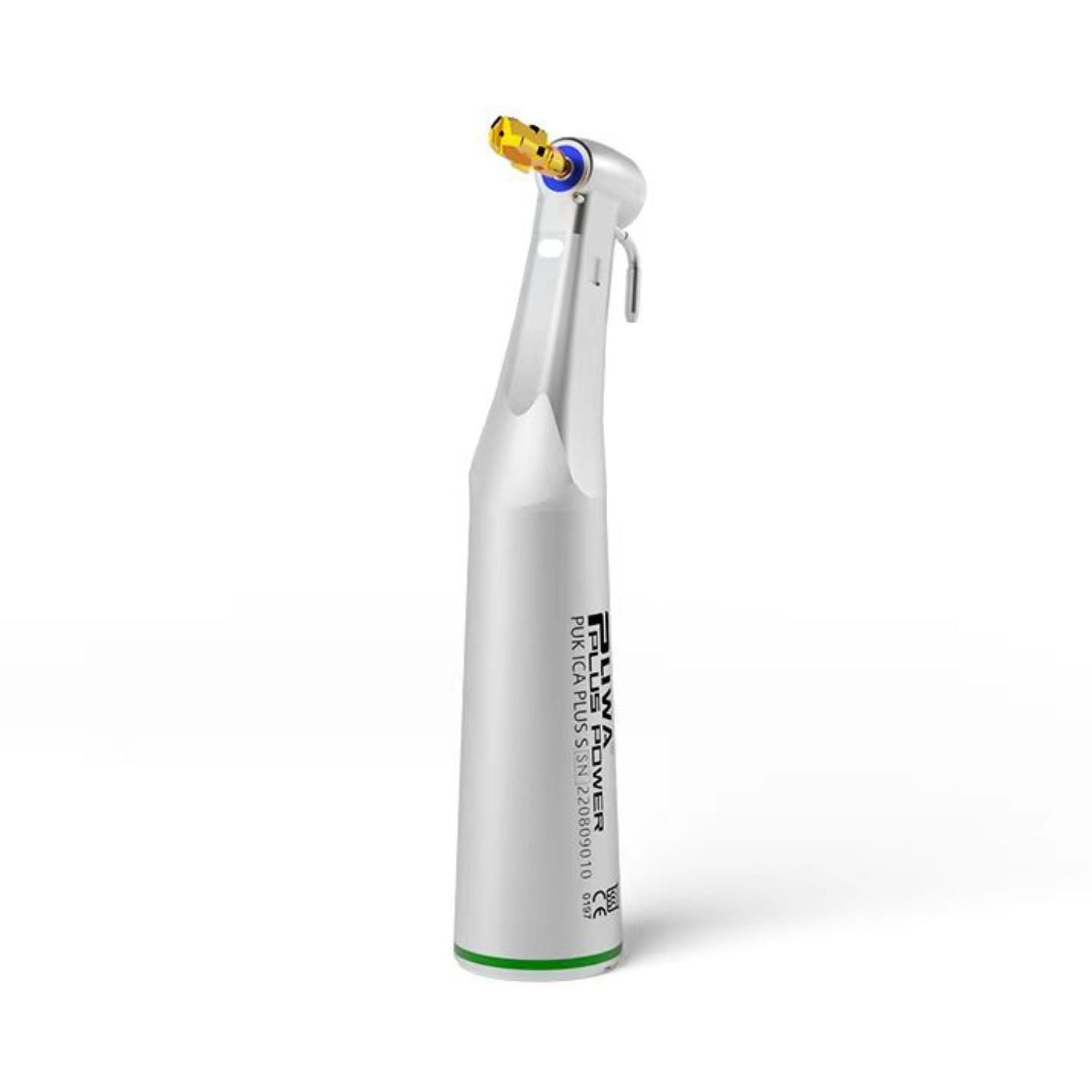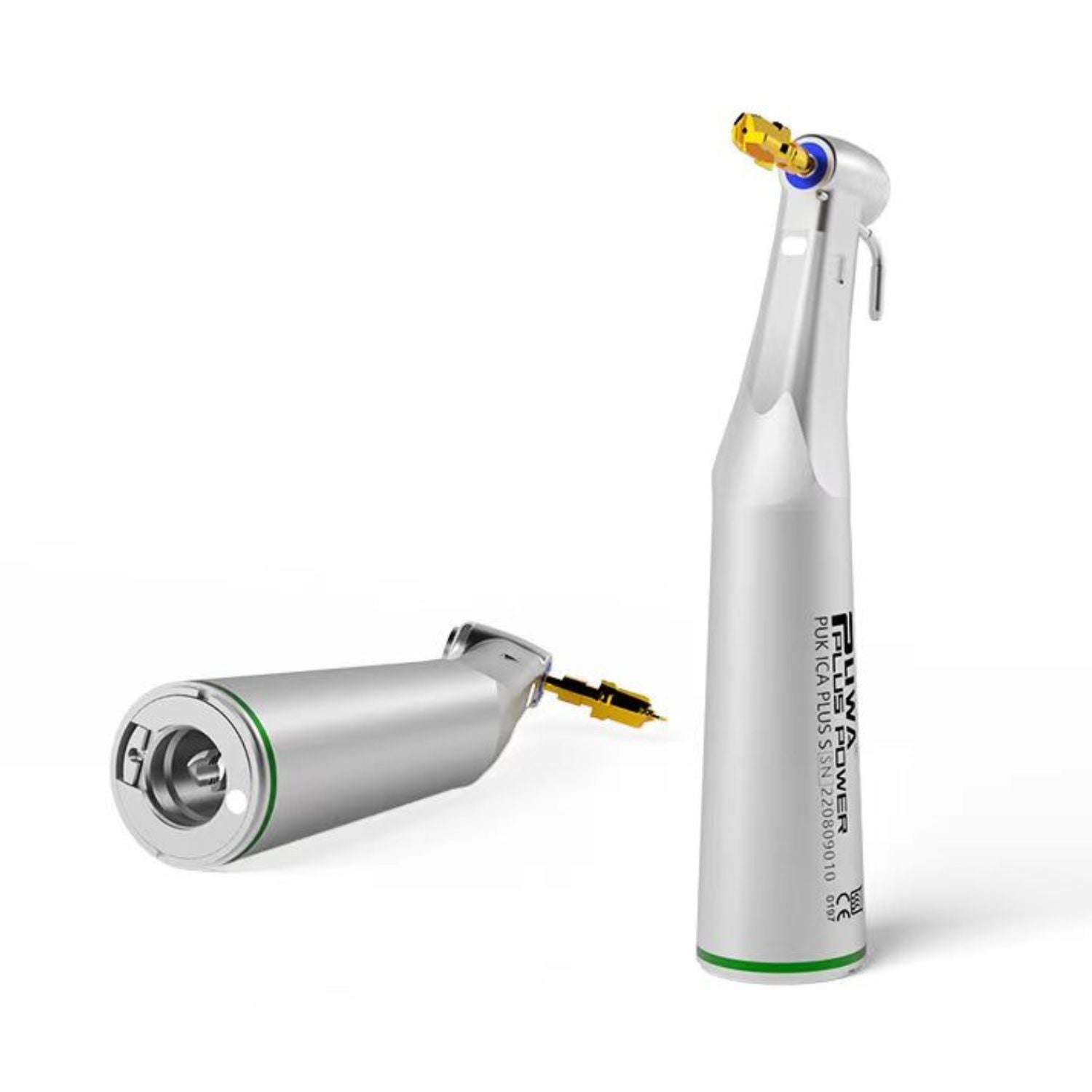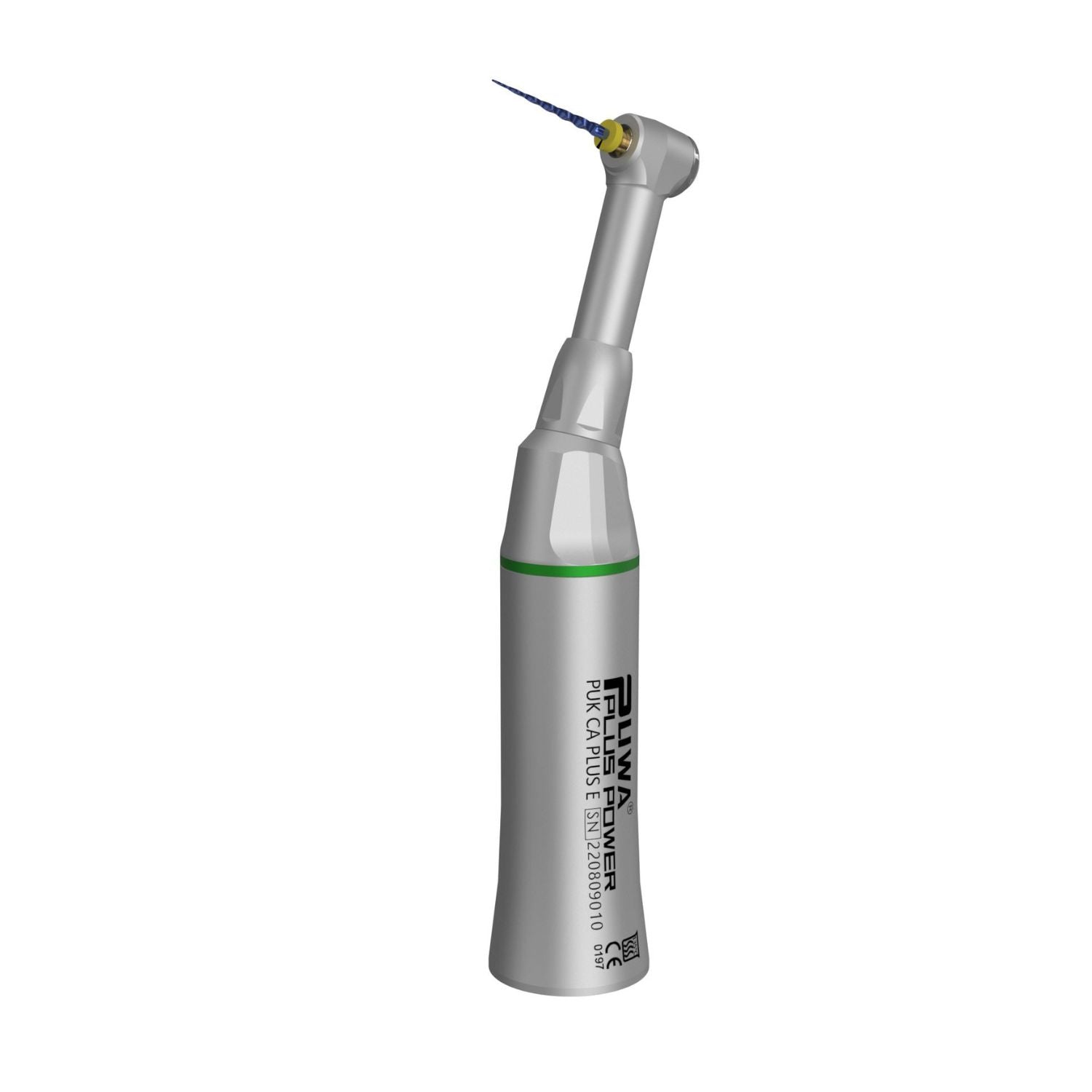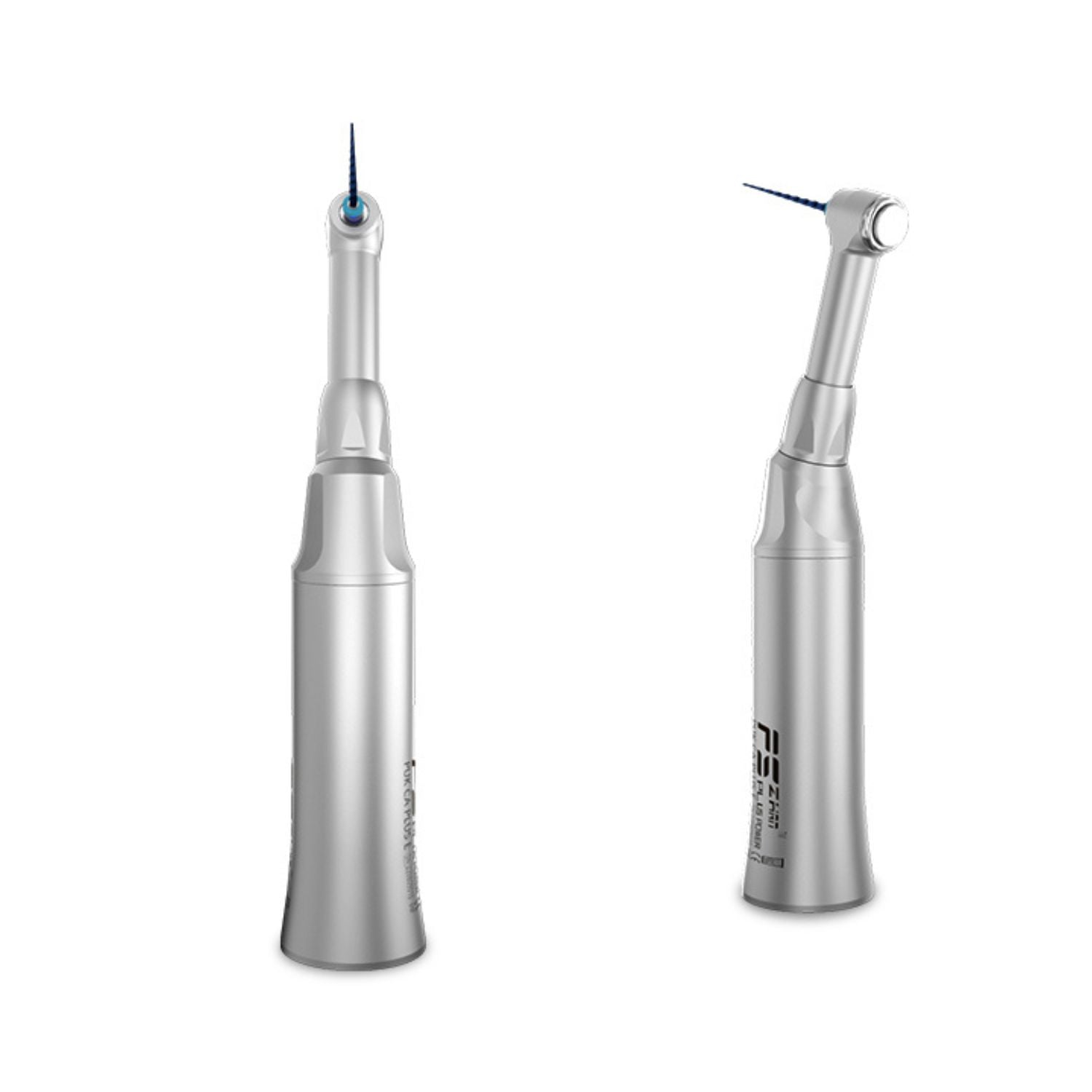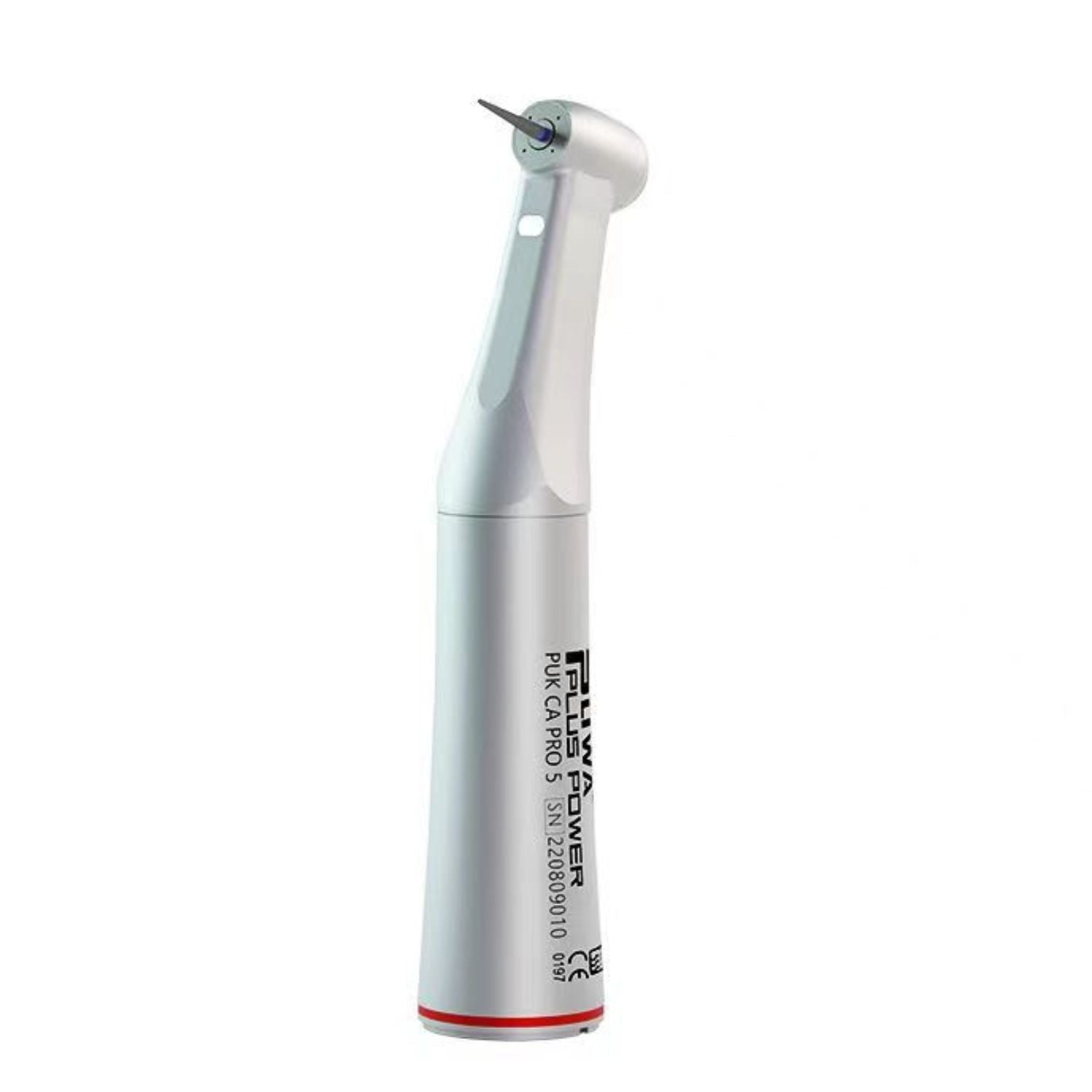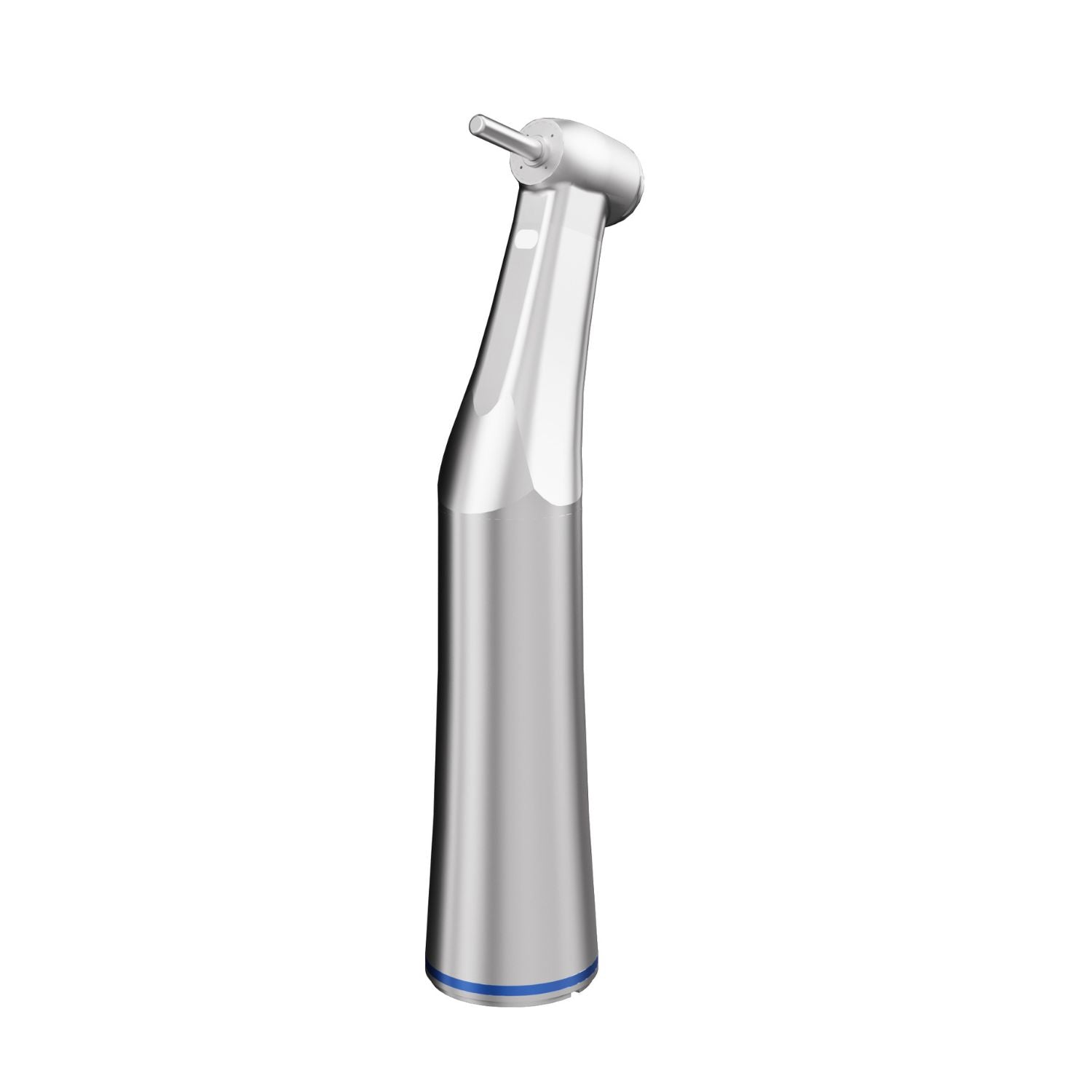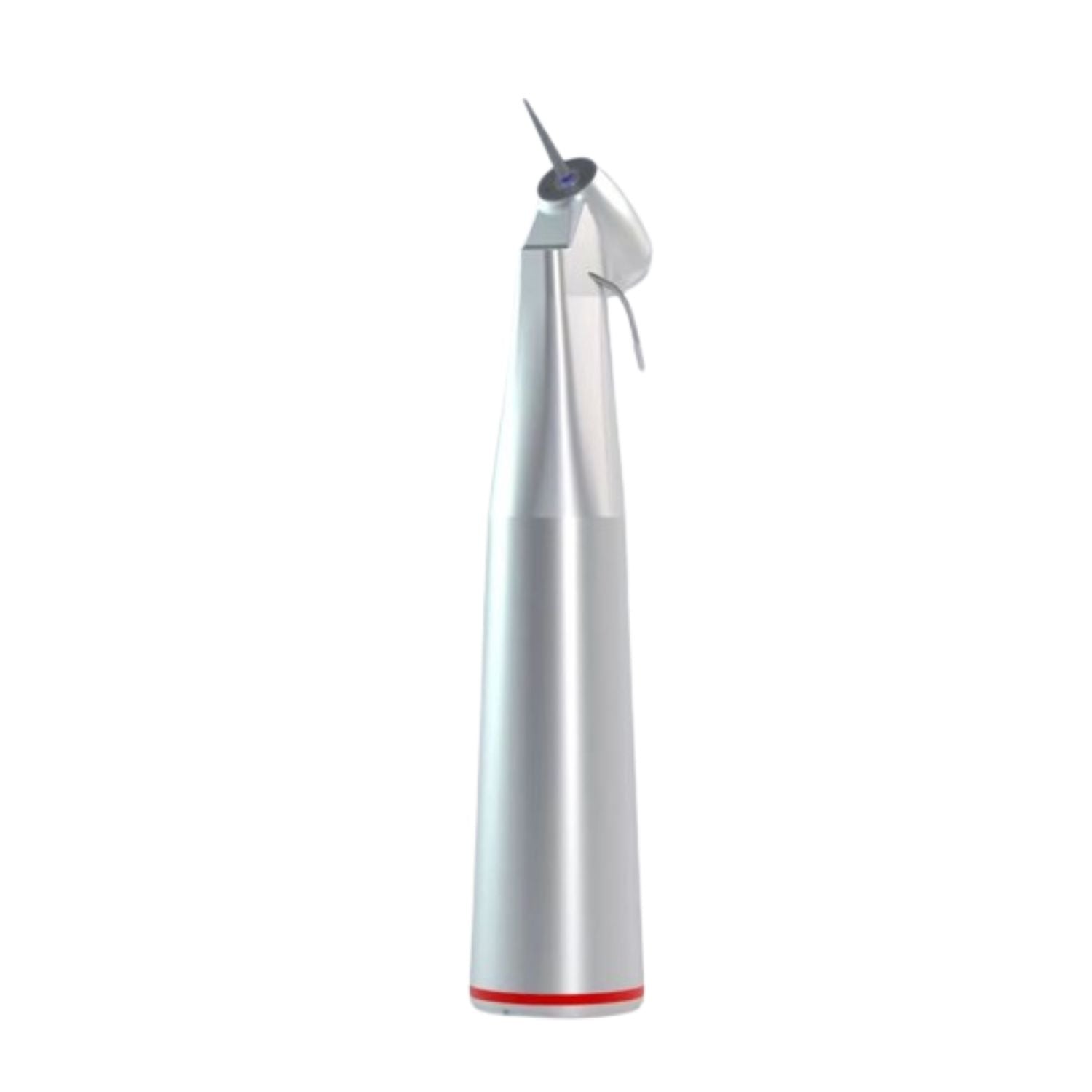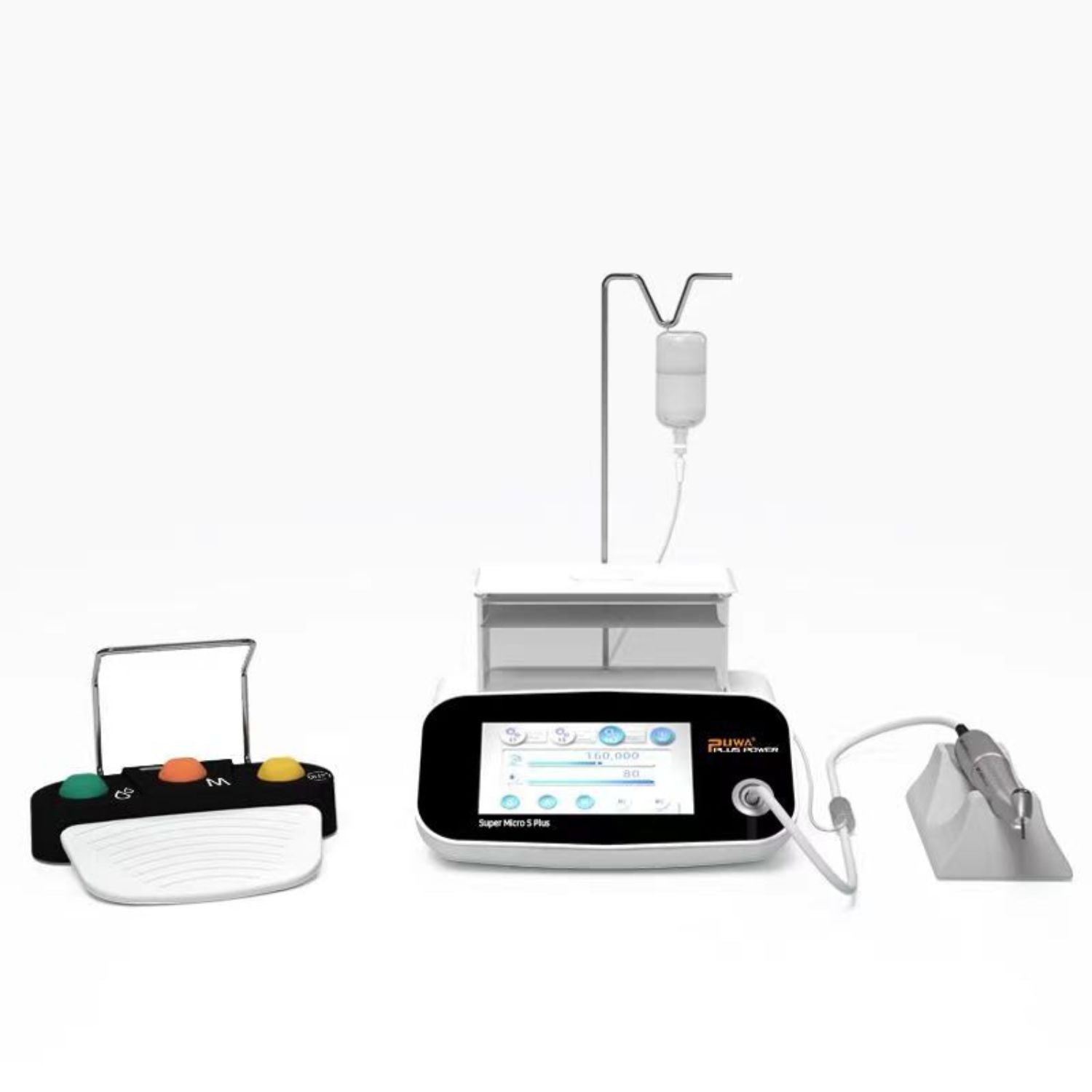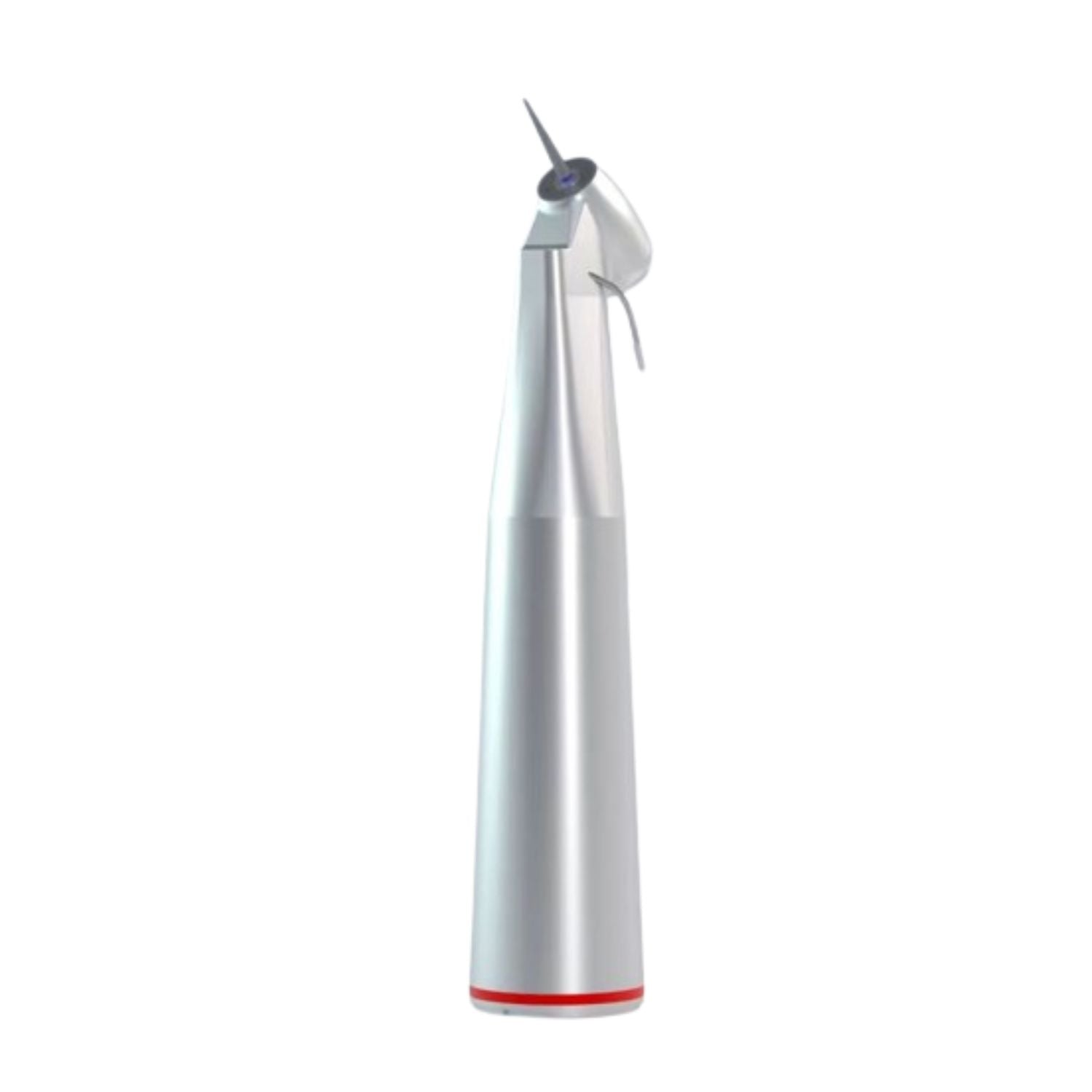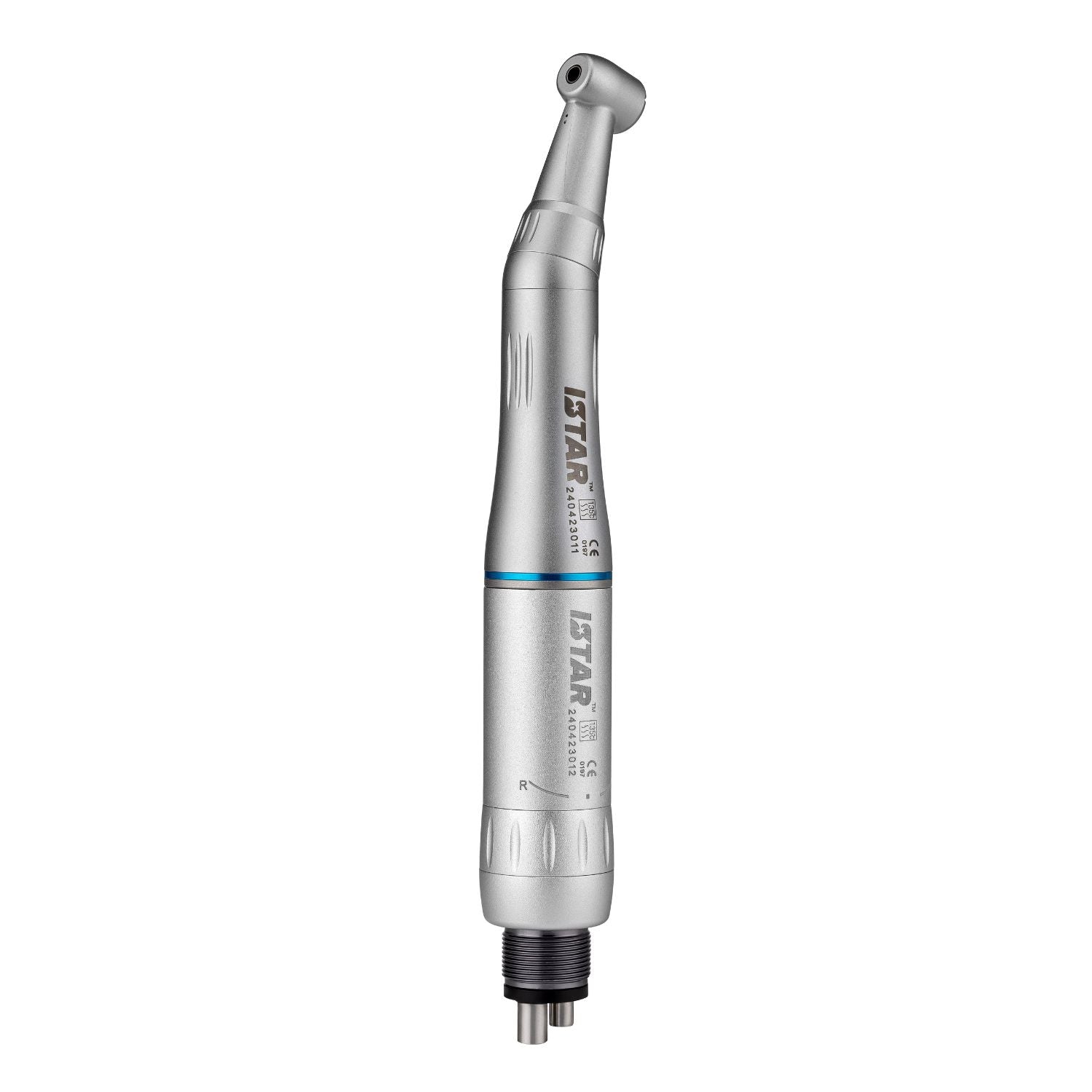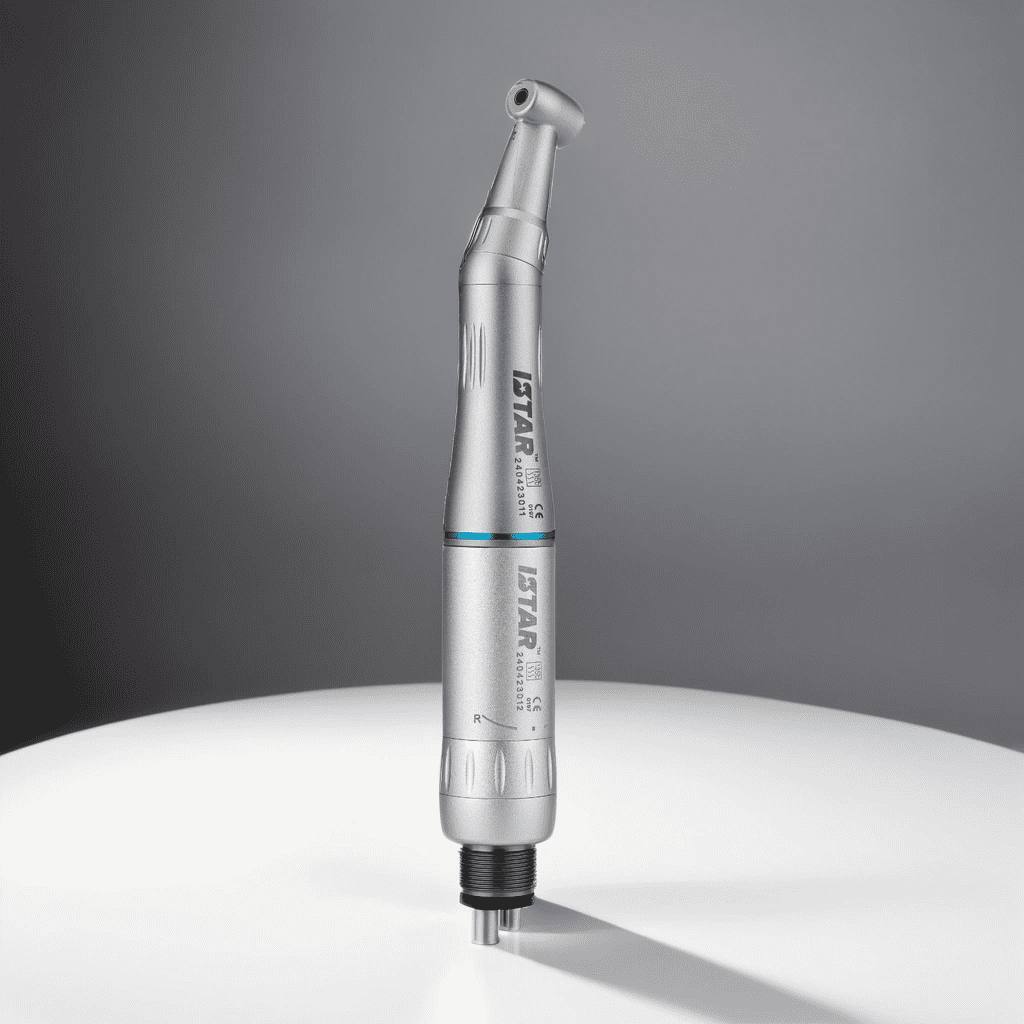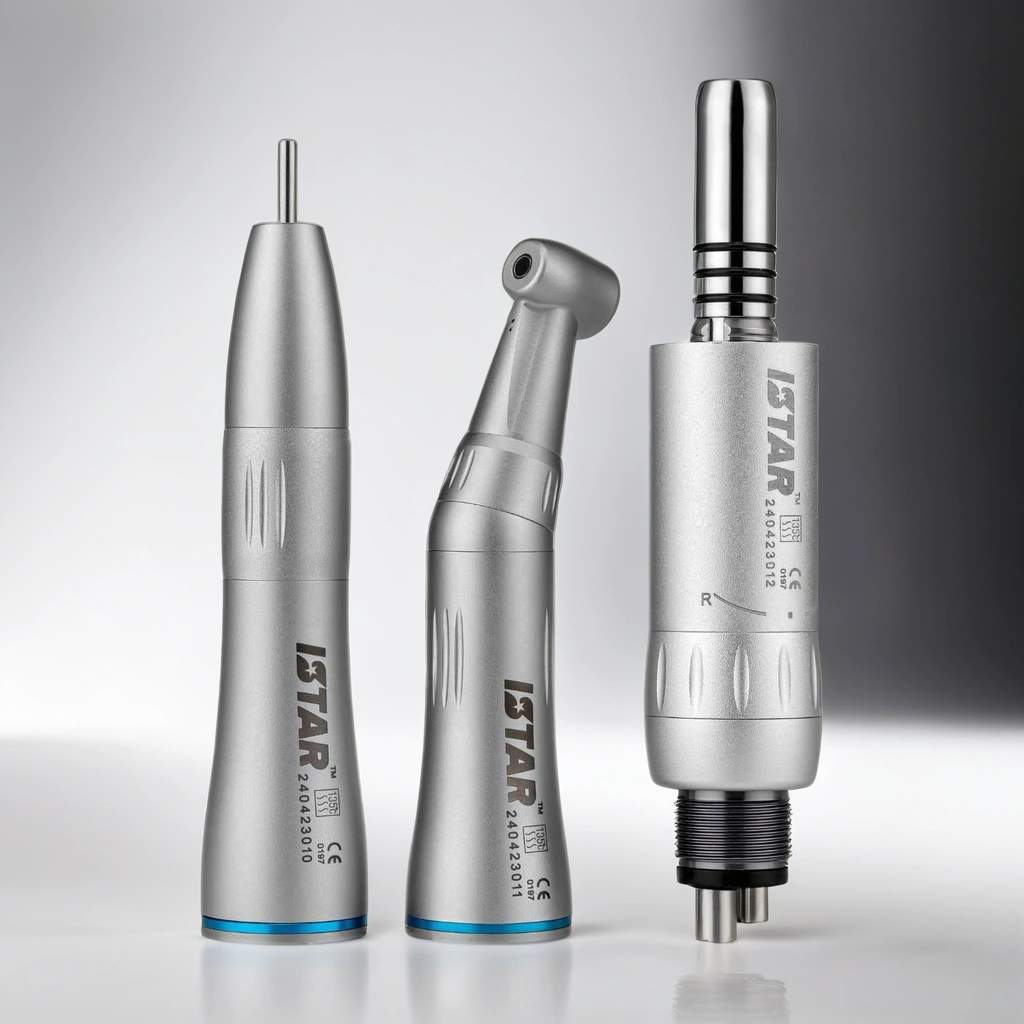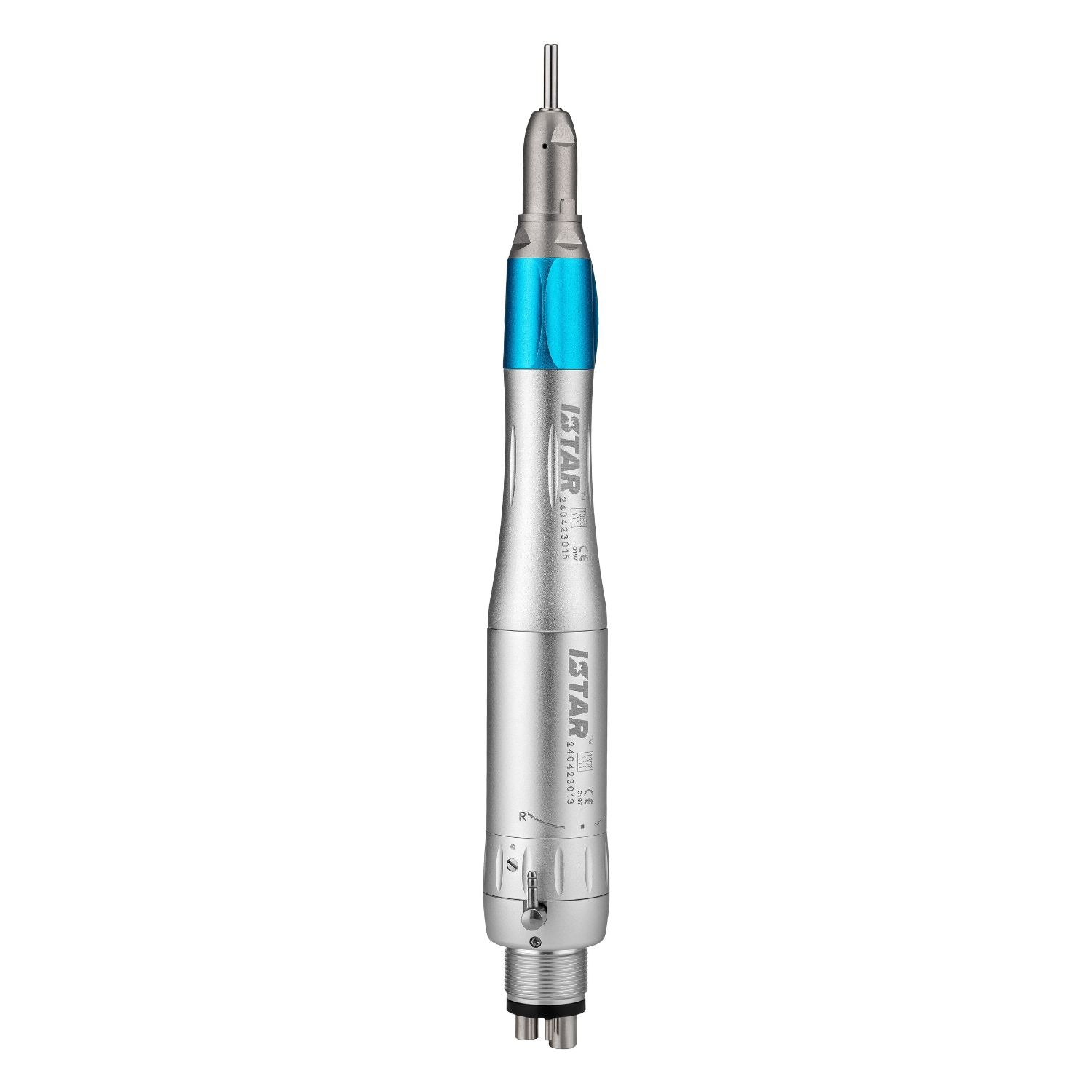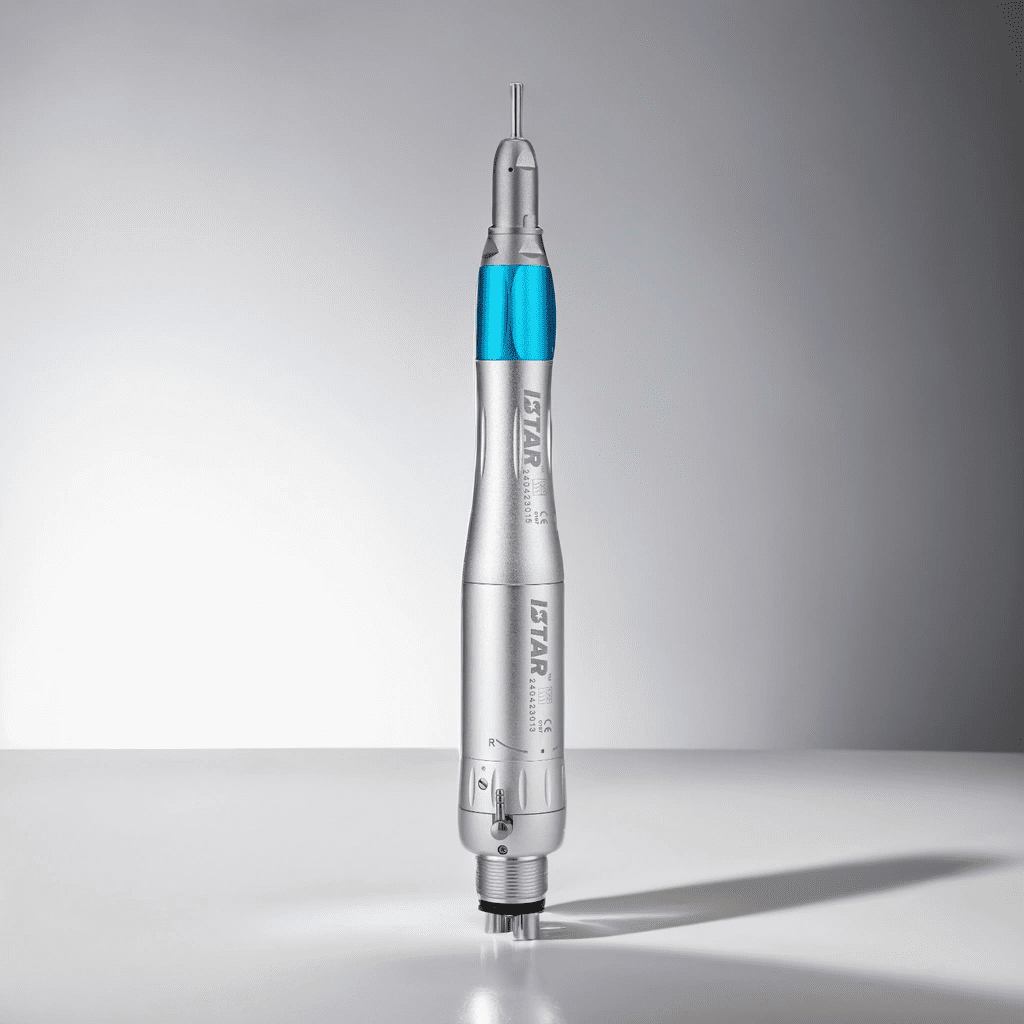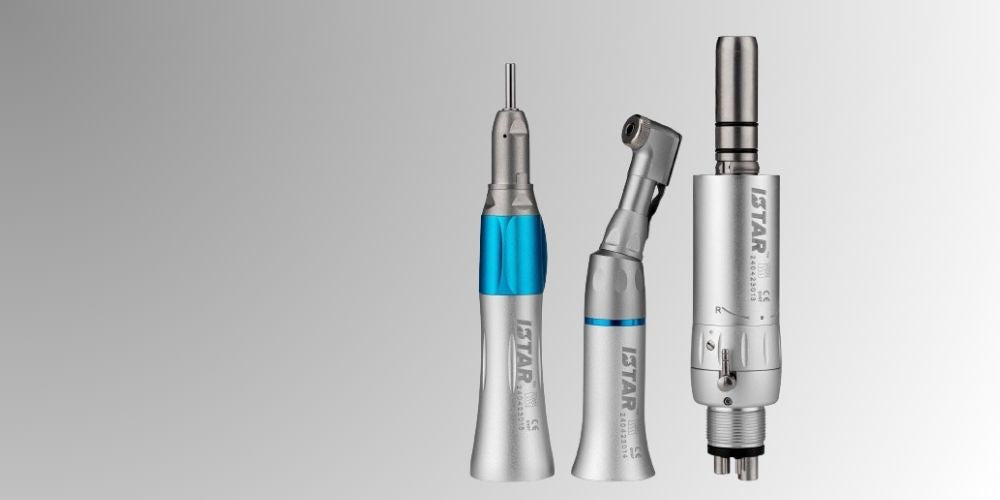
Istar Dental Supply
We are a supplier of high-quality low speed handpieces, dedicated to providing innovative and reliable slow speed handpiece to dental professionals worldwide.
Key Features

Precision and Versatility
Our low speed handpieces are engineered to provide exceptional control and precision, making them ideal for a wide range of procedures including polishing, endodontics, and finishing. Their versatile functionality ensures that you can handle different tasks efficiently with a single tool.

Durability and Longevity
Built from high-quality materials, our slow speed handpieces are designed for durability and long-term performance. The slow handpieces dental can withstand the demands of a busy dental practice, providing reliable service over time and reducing the need for frequent replacements.

International Certifications
Our low speed handpieces are certified by the FDA and CE, ensuring that they meet the highest international standards for safety and quality. These certifications provide assurance that you are using slow speed handpieces that comply with rigorous regulatory requirements, ensuring the safety and satisfaction of your patients.

Competitive Pricing
We offer our low-speed handpieces at highly competitive prices without compromising on quality. This allows you to equip your practice with top-quality tools while maintaining budget efficiency. Our goal is to provide you with the best value for your investment.

What Are The Categories of Low Speed Handpiece?
According to the shape, it is divided into straight handpieces and contra angle handpieces;
According to the way of loading and unloading burs, they are divided into wrench type and push type;
According to the cooling method, it is divided into internal water channel and external water channel;
According to the lighting conditions, it is divided into with LED lights and without lights.
Advantages of Low Speed Handpiece
Low-speed rotation: Low speed handpieces usually have lower rotation speeds and are suitable for treatment processes that require delicate and slow operations, such as root canal treatment, tooth scaling, etc., which can reduce damage to teeth and surrounding tissues.
Lower heat generation: Due to low-speed rotation, slow speed handpieces generate less heat during use, which helps reduce thermal damage to the surgical area and improves the safety and success rate of surgery.
Lower noise level: Slow speed dental handpieces produce less noise when working, which can reduce patient discomfort and anxiety and improve the comfort and experience of the treatment process.
Fine operations: The slow speed handpiece dental has precise control and stable performance, allowing doctors to perform delicate and complex operations, such as root canal cleaning and filling in root canal treatment, ensuring the accuracy and durability of treatment effects.
Versatility: Low speed handpieces dental are usually equipped with various types of attachments and accessories, such as drills, cutters, polishers, etc., to meet different types of treatment needs, including caries treatment, root canal treatment, tooth restoration, etc.
Easy to clean and maintain: The low speed handpiece has a simple structure and is easy to clean and maintain. Accessories can be quickly replaced and necessary maintenance can be performed to extend the service life of the handpiece.
Lower cost: Compared with high-speed dental handpieces, low-speed dental handpieces are lower in price and more suitable for the economic conditions of some clinics and doctors. They are a cost-effective choice.

FAQ About Low Speed Handpiece
Speed:
- High Speed Handpiece: Typically operates at speeds ranging from 300,000 to 400,000 revolutions per minute (RPM). It is used for cutting and shaping procedures, such as tooth preparation for fillings or crowns.
- Low Speed Handpiece: Operates at speeds ranging from 5,000 to 40,000 RPM. It is used for polishing, finishing, cleaning, and other procedures that require lower speeds and higher torque.
Functionality:
- High Speed Handpiece: Designed for precision cutting and shaping of dental materials, including enamel, dentin, and composite resin. It is commonly used for restorative procedures.
- Low Speed Handpiece: Used for a variety of procedures, including polishing restorations, removing stains and plaque during prophylaxis, and accessing hard-to-reach areas of the mouth.
Torque:
- High Speed Handpiece: Generally has lower torque compared to low-speed handpieces.
- Low Speed Handpiece: Offers higher torque, making it suitable for procedures that require more force, such as removing tough calculus or polishing restorations.
Versatility:
- High Speed Handpiece: Primarily used for cutting and preparation procedures and may not be as versatile for other tasks.
- Low Speed Handpiece: More versatile and can be used for a wide range of procedures, including polishing, finishing, cleaning, and intraoral photography.
Attachment Compatibility:
- High Speed Handpiece: Typically used with small, precision dental burs for cutting and shaping procedures.
- Low Speed Handpiece: Compatible with various attachments, including prophy angles, latch-type and friction grip contra-angles, straight handpieces, and surgical handpieces, allowing for greater versatility in dental procedures.
Noise and Vibration:
- High Speed Handpiece: Tends to produce more noise and vibration due to its higher speeds.
- Low Speed Handpiece: Produces less noise and vibration, providing a smoother and more comfortable experience for both the patient and the dentist.
The rotational speed of a dental low speed handpiece typically ranges from 5,000 to 40,000 RPM (revolutions per minute).
These low speed handpieces are used for a variety of dental procedures requiring lower speeds and higher torque, such as polishing, finishing, and dental prophylaxis (cleaning).
A dental slow speed handpiece is composed of several key parts, each playing a crucial role in its function. These parts are the Motor, Handpiece Body, Chuck, Gears, Air/Water Lines, Attachments, Burs, O-rings and Seals, Cooling System, and Lubrication Ports.
The contra angle handpiece is used for intraoral polishing and corrosion removal; the straight handpiece is used for extraoral repair and polishing.
It is common for low speed handpiece to encounter issues in every dental clinic. Here are some common problems with slow speed handpiece:
- The motor does not rotate and has no power.
- When the straight handpiece is connected to the motor, the straight machine does not rotate.
- The straight handpiece needle cannot be taken out, the rotation is not flexible, and there is abnormal noise during operation.
- The contra angle handpiece slips and does not turn during operation.
Please click on "Low Speed Handpiece Repair" to see the corresponding solutions to these problems.
Proper maintenance of low-speed dental handpieces is essential to ensure their longevity, performance, and reliability. Here are some tips for maintaining your low-speed dental handpieces:
External Cleaning: After each use, wipe the exterior of the handpiece with a soft cloth or gauze moistened with water or a mild disinfectant. Avoid using abrasive cleaners or disinfectants that could damage the surface.
Internal Cleaning: Flush the internal water and air lines by running the handpiece with water and air for 20-30 seconds after each patient to remove any debris or biofilm buildup.
Lubricate the Handpiece: Follow the manufacturer’s guidelines for lubrication. Typically, this involves applying a few drops of lubricant into the drive air tube or using a handpiece maintenance system.
Run the Handpiece: After lubrication, run the handpiece for 20-30 seconds to evenly distribute the lubricant and remove any excess.
Check for Wear and Tear: Inspect components like bearings, o-rings, and gears for signs of wear. Replace any worn or damaged parts to prevent further damage and ensure smooth operation.
Ultrasonic Cleaning: Consider using an ultrasonic cleaner for a thorough cleaning of internal components. Ensure that only the recommended parts are placed in the cleaner to avoid damage.
Proper Storage: Store handpieces in a clean, dry place. Use handpiece holders or racks to prevent damage from being dropped or mishandled.
Avoid Overloading: Do not apply excessive pressure or force on the handpiece during use. Let the bur do the cutting to prevent strain on the handpiece motor and internal components.
Any question?
If we still haven't answered your question, you can contact us below and we will get back to you as soon as possible.

